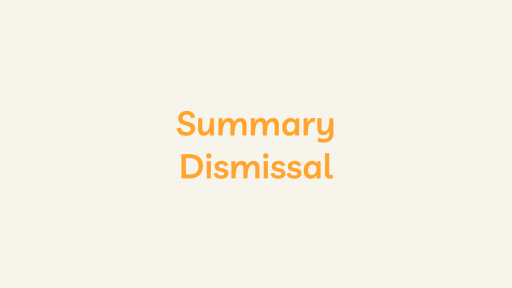Introduction
Health Savings Account (HSA) stands at the intersection of personal finance and healthcare, providing individuals with a strategic tool to manage medical expenses while enjoying distinctive tax advantages. As we delve deeper into the intricacies of HSAs, it becomes evident that these accounts offer a multifaceted approach to healthcare financing and long-term savings.
Qualification Requirements
To embark on the HSA journey, individuals must first enroll in a high-deductible health Plan (HDHP). These plans, characterized by higher deductibles than traditional health insurance, are designed to place more financial responsibility on the individual. The Internal Revenue Service (IRS) annually defines the minimum deductible and maximum out-of-pocket limits for HDHPs.
Health Savings Account (HSA) Tax Advantages
The allure of HSAs lies in their triple tax advantage, making them a unique financial tool:
- Tax Deductions: Contributions made to an HSA are tax-deductible, reducing the individual’s taxable income for the year.
- Tax-Free Earnings: Any interest or investment gains generated within the HSA accumulate tax-free over time.
- Tax-Free Withdrawals: Withdrawals from the HSA are tax-free when used for qualified medical expenses, creating a powerful incentive for responsible healthcare planning.
Health Savings Account (HSA) Contribution Limits
Contributions to HSAs are subject to annual limits set by the IRS. These limits vary based on whether the HSA is for individuals or families. Contributions can be made by the account holder, their employer, or both, providing flexibility in funding the account.
Health Savings Account (HSA) Portability
HSAs offer a remarkable level of portability, allowing individuals to retain their accounts even when changing employers or health insurance plans. This portability enhances the HSA’s value as a long-term financial instrument.
Qualified Medical Expenses
The scope of qualified medical expenses is broad, encompassing various healthcare services and products. In addition to doctor visits and prescription medications, preventive care services, dental treatments, and even certain over-the-counter items can be covered. HSA holders need to be familiar with the IRS guidelines regarding qualified expenses.
Rollover Feature
In contrast to other healthcare-related savings accounts, HSAs feature a rollover provision. Unused funds at the end of the year roll over to the next, enabling individuals to accumulate savings for future healthcare needs. This flexibility sets HSAs apart as a dynamic savings tool.
Age-Based Withdrawals
Once individuals reach the age of 65, they can make non-medical withdrawals from their HSA without facing the usual penalties. However, such withdrawals are subject to regular income tax. The tax advantages persist for those using HSA funds for qualified medical expenses.
Considerations and Best Practices
- Emergency Fund Integration: HSAs can be an integral part of an individual’s emergency fund, providing a dedicated reserve for unforeseen medical costs.
- Investment Opportunities: Some HSA providers offer investment options, allowing individuals to grow their HSA funds through diverse investment vehicles. This feature transforms HSAs from mere savings accounts into potential investment portfolios.
- Documentation Precision: Maintaining medical expenses and HSA transactions is vital. Detailed documentation ensures compliance with IRS regulations and facilitates a smoother process during tax season.
- Continuous Education: Staying informed about HSA rules and regulations is paramount. Regular updates and understanding of the evolving healthcare financing landscape empower individuals to maximize their HSA.
Сonclusion
Health Savings Accounts represent a sophisticated financial instrument that goes beyond mere healthcare expense management. By comprehending the nuanced features, individuals can strategically leverage the triple tax advantage and cultivate a robust approach to both their immediate and long-term healthcare needs. HSAs emerge as a financial tool and a proactive strategy for navigating the intricate realm of healthcare expenditures.





